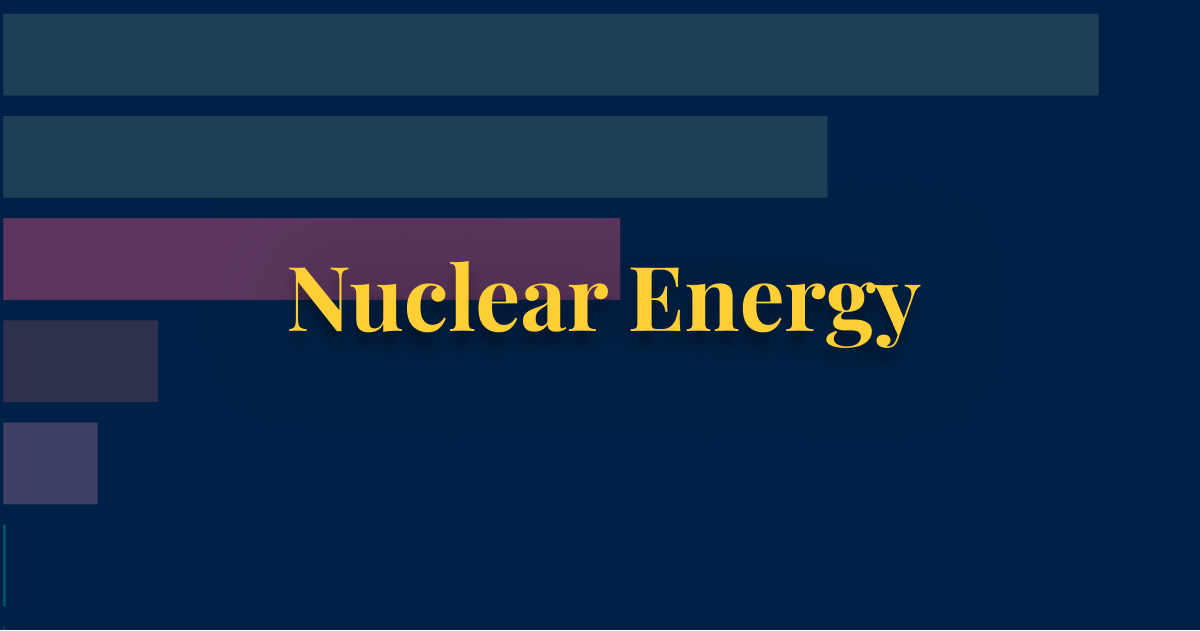I'm not so sure they are wholey different in the way you describe.
Given the very real risk of collapse of society with a lack of electrical power, or just the very real risk of a person dying due to the cold with a lack of electrical power, I would say that reliable energy generation is equally as vital as vaccines for diseases.
To say "nowadays the vaccine is always safer than the disease" is a very easy way to gloss over just how many have died to get to that stage... Yet people are all too willing to repeatedly point that out when it comes to Nuclear Power.
IF a vaccine fails catastrophically and it isn't caught in time, it has the risk to kill millions - significantly more than a Nuclear Power Plant going all "Chernobyl" (bare in mind, Fukashima is a far more accurate representation of a failure of a Nuclear Reactor)
I dare say FAR more lives have been saved by the smallpox vaccine than the deaths directly from all vaccines put together.
i was about to mention Fukashima ............ i dont know enough about it and if you guys want to claim the wiki (which is not always accurate) is totally wrong, i cant dispute that
but according to the wiki
I just dont see how ZERO risk as mentioned in another post above groks with the below (and note i say this as someone who supports nuclear)
April 9, 2013z
Radioactive water leaked from the storage units, contaminating the soil and water nearby. The leak was controlled and stored in a contained area. Contaminated water continues to accumulate at the plant, where it is filtered to remove most but not all radioactive particles.[57]
July 9, 2013
TEPCO officials reported that radioactive
caesium was 90 times higher than it was 3 days prior (July 6), and that it may spread into the
Pacific Ocean. TEPCO reported that the caesium-134 levels in the well water were measured at 9 kilobecquerel per liter, 150 times the legal level, while
Caesium-137 was measured at 18 kilobecquerel per liter, 200 times the permitted level.[
citation needed]
August 7, 2013
Japanese officials said highly radioactive water was leaking from Fukushima Daiichi into the Pacific Ocean at a rate of 300 tons (about 272 metric tons) per day. Japanese Prime Minister Shinzo Abe ordered government officials to step in.
[58]
April 12, 2016
Melted reactors were being cooled down with 300 tonnes of water each day.[
citation needed]
September 10, 2019
Since the plant was destroyed by the earthquake and tsunami in 2011,
TEPCO has continued to pump water onto the melted-down fuel cores to prevent them from once again overheating. This contaminated cooling water has collected on the site, where more than 1 million tons has been stored in hundreds of tall steel tanks. Large filtration systems are used to clean this water of most of its radioactive contaminants, but they cannot remove tritium, a radioactive isotope of hydrogen. As the tritium-contaminated water continues to accumulate, the plant operator says the site will run out of space to build more tanks by 2022, when it will have to dump the radioactive water directly into the
Pacific Ocean. It is not known yet how much water will be released by TEPCO, which will dilute the water first.
[59]
April 13, 2021
Main article:
Discharge of radioactive water of the Fukushima Daiichi Nuclear Power Plant
Japan's government approved the release of "treated"
radioactive water from the plant into the Pacific Ocean – beginning in 2023 – over the course of an estimated 40 years.
[5]

 )
)